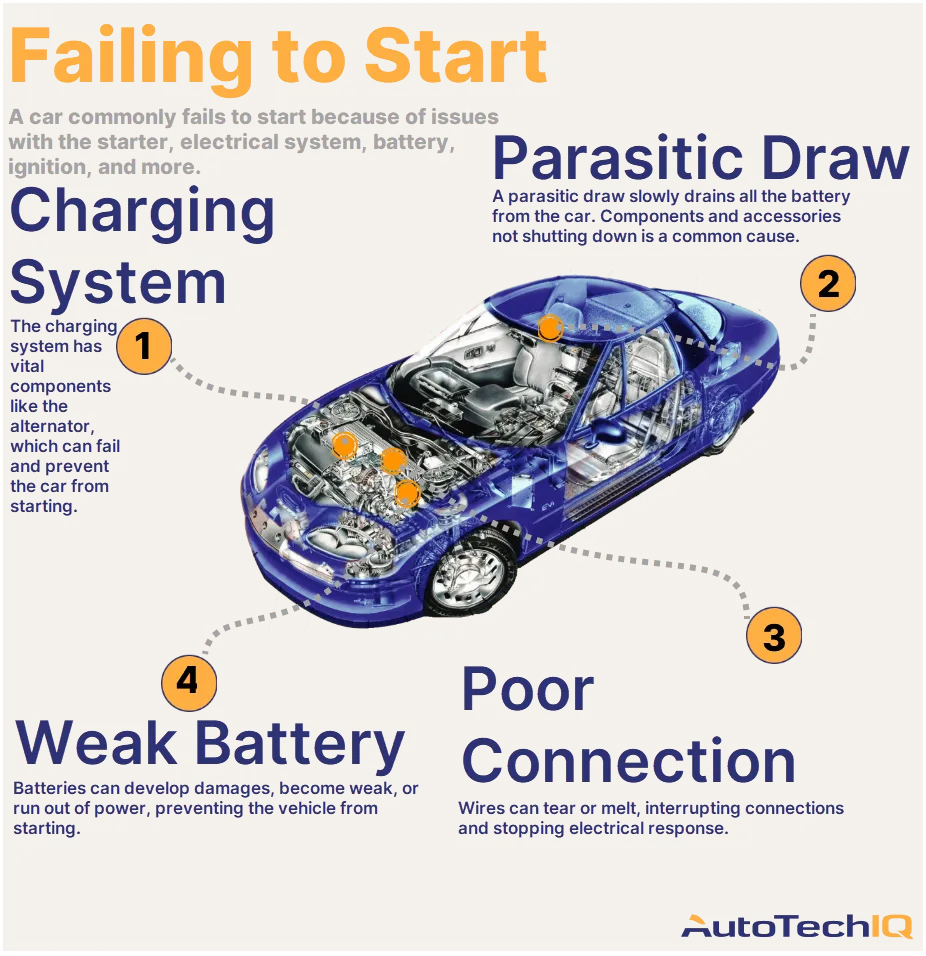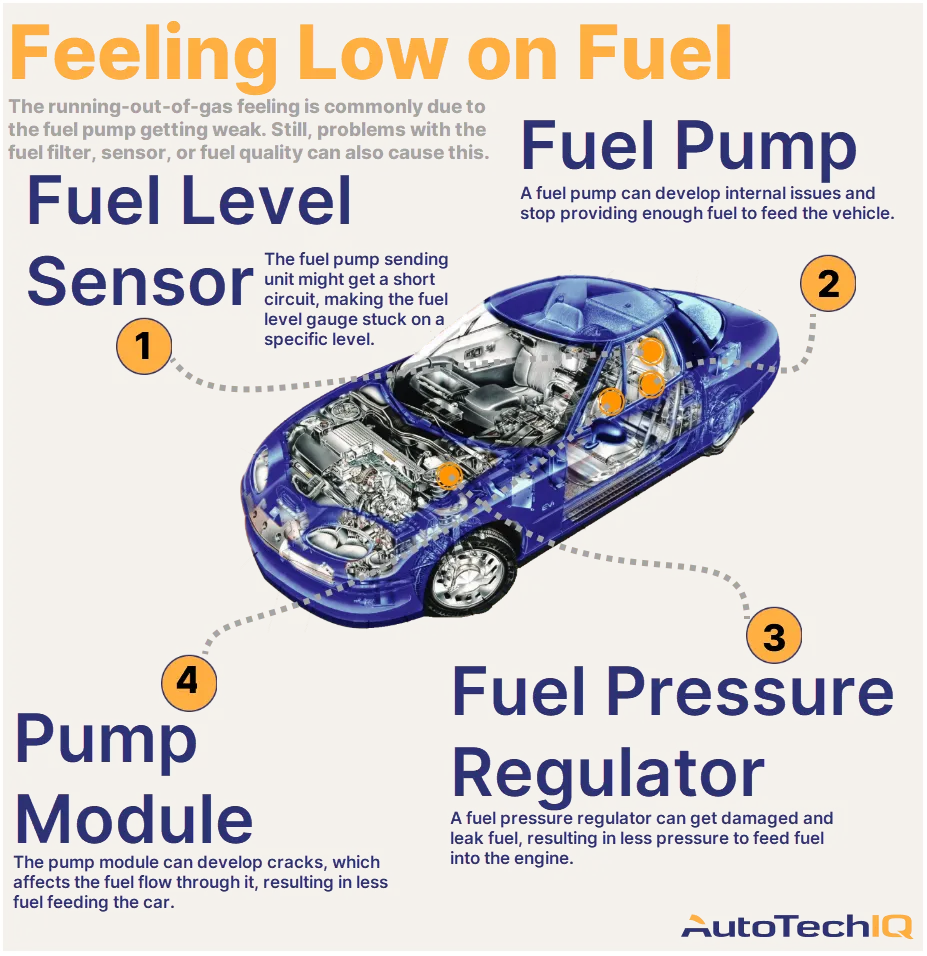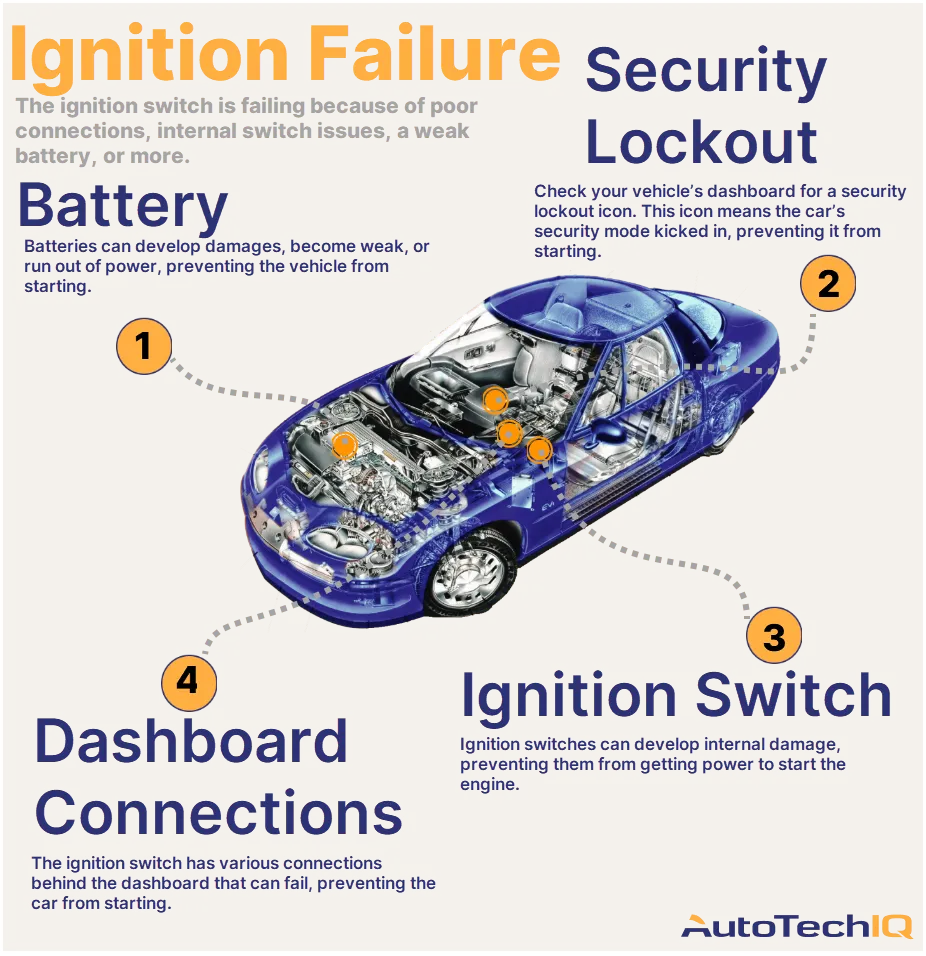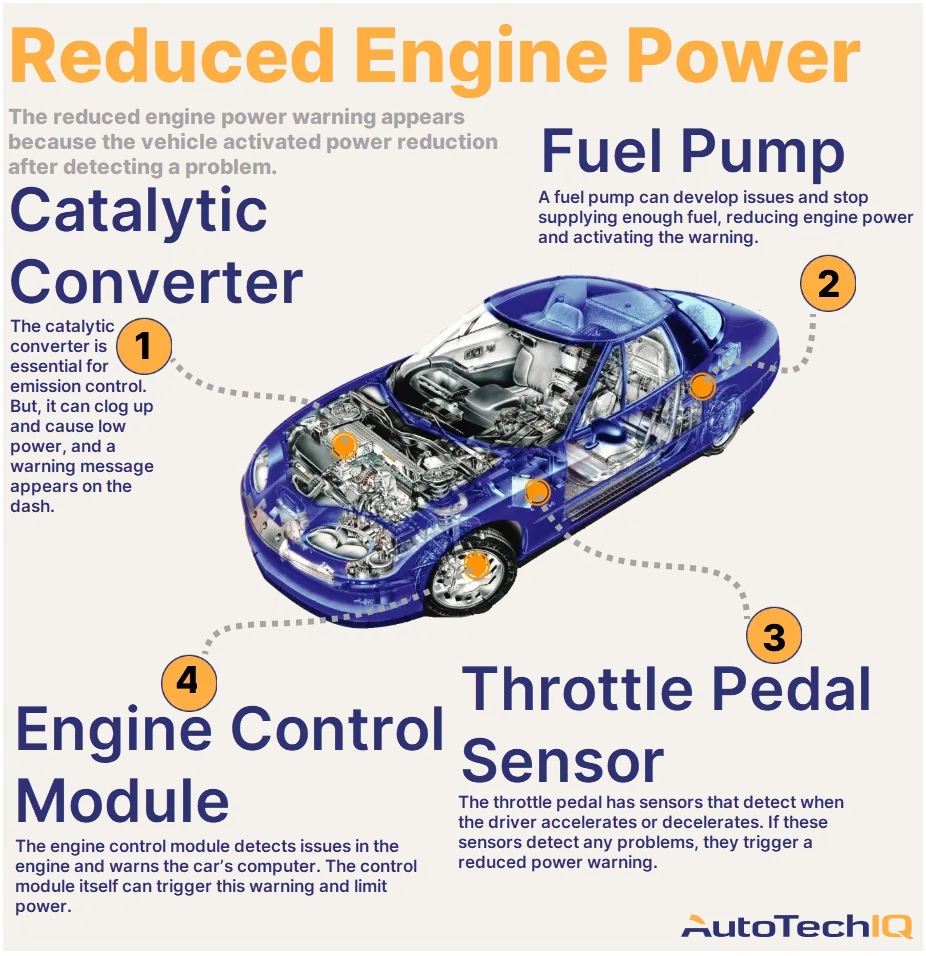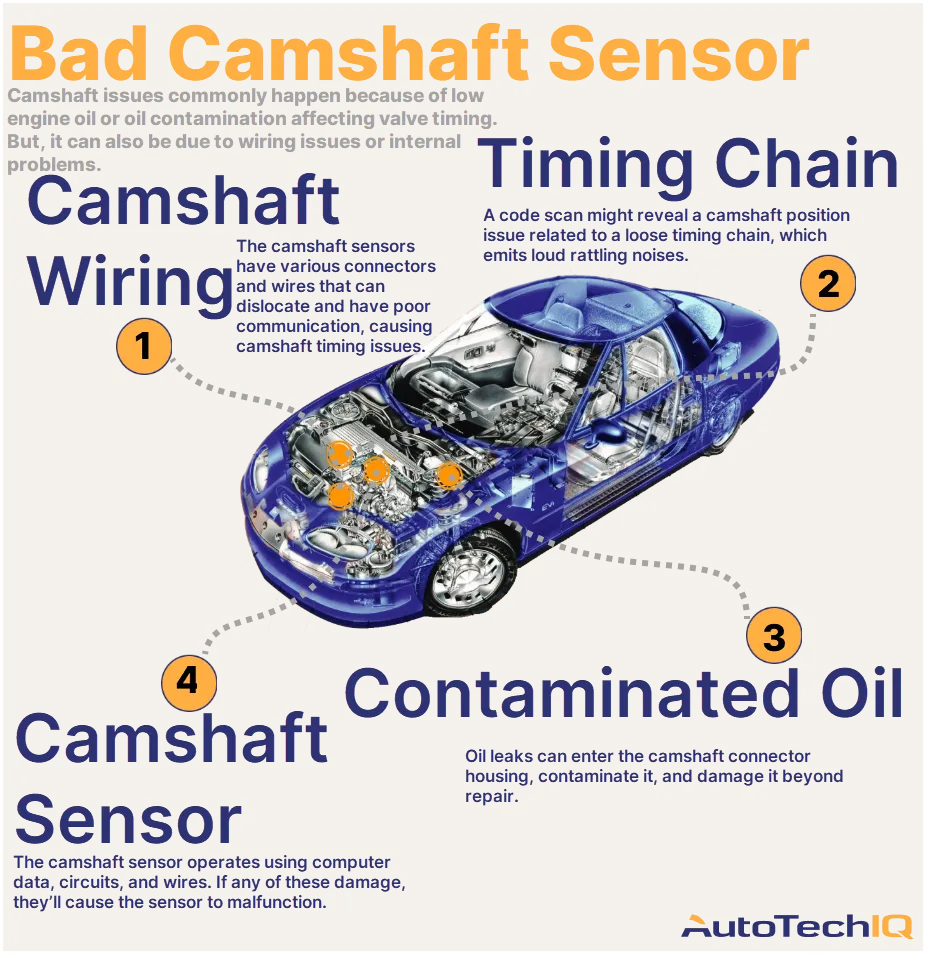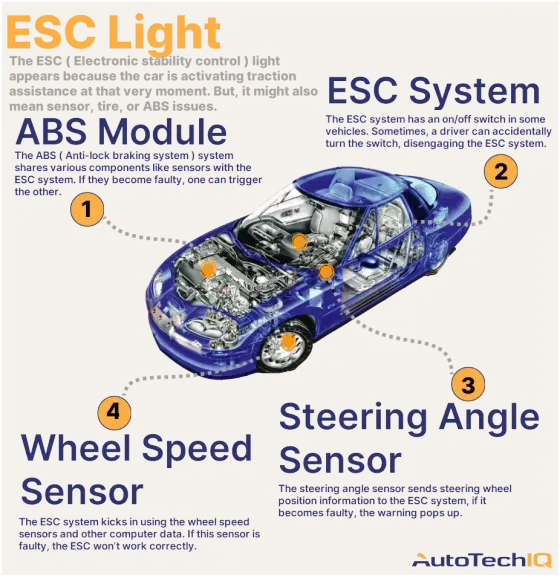
Is Your Car's ESC Light On?
The ESC light appears because the car is activating traction assistance at that very moment. Now, if this is happening out-of-context (like, it’s constantly lit all the time), there might be a wheel sensor issue, a tire alignment problem, or a faulty anti-lock brake module.
Watch out: Your car's ESC light flashing is a warning about your traction control system, which can mean issues with your brake system. Instead, it warns that something may risk your vehicle's integrity and you could be losing control. To ensure your safety on the road and prevent symptoms from worsening, you must learn the reasons behind the warning and what to do about it.

